What is (the) Matter? The Smart Home Standard to Rule Them All
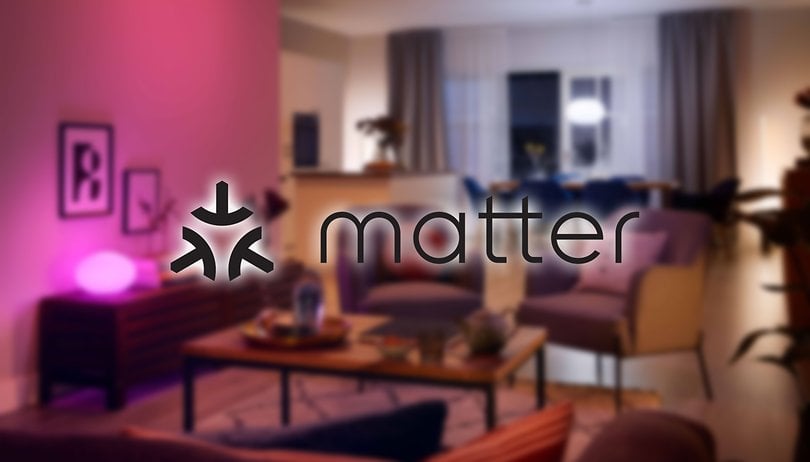

With support from Apple, Amazon, Google, and Samsung, Matter promises to become the standard to rule them all in the smart home category. What is Matter, what is Thread, what is in it for you, and what types of products does it support? nextpit introduces you to this new standard and answers the most pressing questions.
Table of contents:
- What is Matter?
- What is Thread?
- What are the advantages of Matter?
- When will Matter launch?
- What kind of devices will Matter support?
- Will current devices be compatible with Matter?
What is Matter?
Matter was announced at the end of 2019 by Amazon, Apple, Google, and the Zigbee Alliance as a “royalty-free connectivity standard to increase compatibility among smart home products”. Originally called Connected Home over IP (CHIP), the standard uses the internet protocol (IP) to interconnect different devices, ecosystems, and apps.
The following four communication protocols are supported by Matter.
- Ethernet / LAN cable (IEEE 802.3)
- Wi-Fi / WLAN (IEEE 802.11)
- Thread (IEEE 802.15.4)
- Bluetooth Low Energy
Think of Matter as the USB connector for smart home devices. The now-common "universal" connector retired plugs such as serial (DE-9), parallel (DB-25), game port (DA-15), and more recently, DisplayPort (DP), and even various charging ports. Matter, on the other hand, will ensure that you don't have to choose between Siri, Alexa, and Google Assistant for controlling devices or between Z-Wave, Wi-Fi, and Zigbee for their communication. Instead, there will simply be Matter as the umbrella standard and Thread as the communication protocol.
Of course, that leads to the classic situation best exemplified by xkcd’s famous comic. But the sheer clout of all companies involved leads us to believe that Matter will become the market standard.
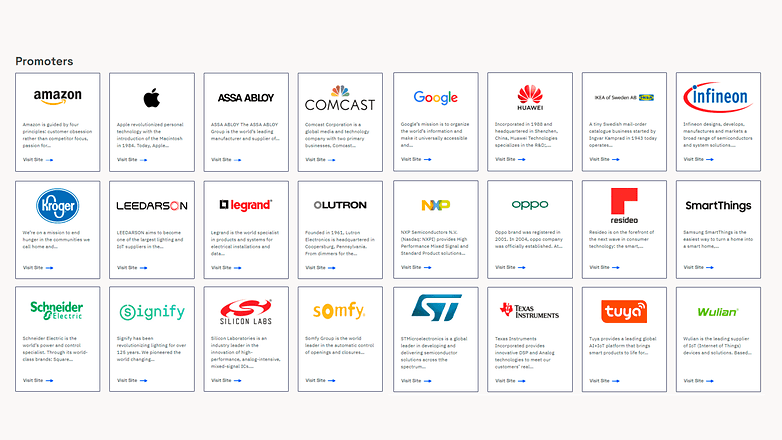
The picture above looks very impressive because big names like Apple, Google, and Amazon are there. We also see the smart lighting experts par excellence with Signify (Philips Hue), and Samsung also represented by SmartThings. But that's only a fraction of what you can expect. If you were to take a look at the CSA (Connectivity Standards Alliance) page, you'll see that there are now over 200 names there, and that includes a list of who's who in the smart home sector.
What is Thread?
The fundamental difference between Thread and standards like Wi-Fi or Bluetooth is that Thread builds a mesh network. Hence, any device that is permanently connected to the power grid that supports Thread will also extend your smart home network. For example, if a door lock is not in direct range of your alarm system, it can also communicate with the security system via a Matter light bulb.
By the way, you don't have to worry about setting up this network manually. Matter devices coordinate with each other and then decide for themselves the most effective method of communicating with each other. In order to establish the connection between your Thread network and the outside world or your smartphone, you only need a single device at home that serves as a so-called Matter "border router". The HomePod Mini, the current Amazon Echo, the 3rd generation Apple TV 4K, and many other devices already offer corresponding functionality.
What advantages do Matter and Thread offer?
Advantage 1: Interoperability
What does this mean for you specifically in the event Matter establishes itself as the primary standard? First of all, it won't matter (heh!) whether you use the Apple HomeKit, Samsung SmartThings, or any other ecosystem under the Matter umbrella. You'll be able to control your smart socket, which you've been controlling via Google Assistant, via Alexa—or simply control both simultaneously.
Imagine living in a household that uses both Android and iOS. Under Matter, it does not matter which smartphone you use, which ecosystem, and which smart assistant. This way, every family member can use their preferred operating system or favorite assistant in the future.
Advantage 2: Acquisition and selection
Buying smart products will be much easier for you in the future. You will have a huge selection of smart products to choose from and will no longer have to spend hours searching between different smart home solutions to find the one that fits the platform in your home. All you have to do is make sure that the Matter or Thread symbol is printed on the box.
Here is another plus point for you: The companies themselves no longer have to certify their products for several ecosystems at once. This saves both time and money in production and thus also helps to provide even more choice.
Advantage 3: Installation
Another advantage is that it will be easier for you to set up new hardware. As is currently the case with Apple Homekit, a QR code will suffice for installation in the future, saving you both time and frazzled nerves. However, that's not all by a long shot, no sir!
More importantly, the mesh principle behind Thread means you won't need any bridges or repeaters to expand your existing home network. Virtually any Thread device with a permanent power connection will be able to do it for you. This makes building your smart home network much (far more!) easier and hopefully, cheaper.
Advantage 4: Independence
You'll also become more independent: if you've already sunk a lot of money into one manufacturer's smart home ecosystem, for example, switching to another company is an unattractive proposition. This is set to be a thing of the past with Matter, because in the future, you should be able to mix light switches from Xiaomi and Bosch, for instance. We are extremely excited to see how this will change smart home ecosystems in the future.
This doesn't just apply to hardware, by the way, but also to the apps you use to operate your smart home. For example, if Signify wants to, they could integrate Matter-compatible vacuum cleaner robots into their Philips Hue app down the road. In this case, however, the full range of functions may not be available as in the native manufacturer app of Roborock and other manufacturers, simply because Matter only specifies one hull functionality per product category, which manufacturers must make available to the Matter universe.
Advantage 5: Security
For hardware to be certified as Matter-ready, it must meet the minimum security standards. You might assume this is already a given with the major players in the first place. But now, you get such a degree of security even with lesser-known low-cost brands, as long as they have the certificate. Thanks to blockchain technology, Matter ensures that software changes are stored decentrally and transparently and can be verified by anyone. Matter products are encrypted and hack-proof.
In addition, connected devices will communicate locally, so you don't have to control your smart home over the Internet. Of course, the manufacturers will continue to offer their cloud services, so that you can access your heating control or your vacuum cleaner robot while you're on the road in the future.
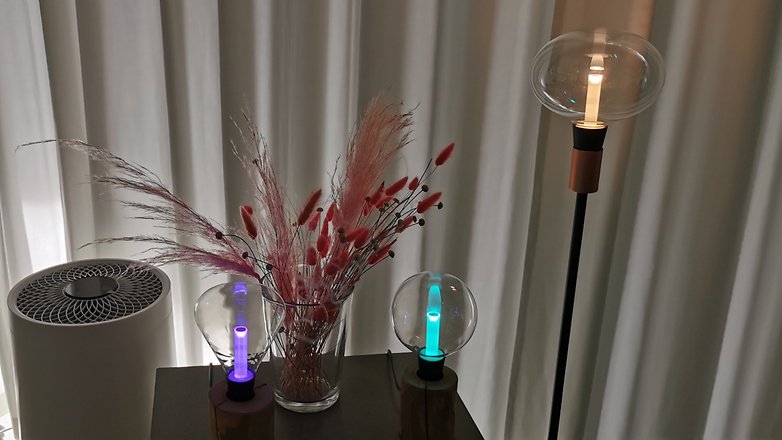
What kind of devices does Matter support?
Officially launched in October 2022, after many delays, Matter defines a number of product categories (or classes). However, not all of these categories will be supported from the beginning. This means that some products will be supported from launch, but others will be implemented by Matter at a later date.
The first big expansion to the device categories supported by Matter came one year after the initial standard, with Matter 1.2 defining new classes. Matter 1.3 was announced in May 2024, with an additional five appliance product classes, better energy management features, support for electric vehicle chargers, and water management.
| Matter 1.0 | Matter 1.2 | Matter 1.3 | |
|---|---|---|---|
| Bridges | ✅ | ✅ | ✅ |
| Door locks | ✅ | ✅ | ✅ |
| Electrical | ✅ | ✅ | ✅ |
| HVAC controls | ✅ | ✅ | ✅ |
| Lighting | ✅ | ✅ | ✅ |
| Media devices | ✅ | ✅ | ✅ |
| Safety and security sensors | ✅ | ✅ | ✅ |
| Windows shades | ✅ | ✅ | ✅ |
| Air purifiers | ❌ | ✅ | ✅ |
| Air quality sensors | ❌ | ✅ | ✅ |
| Dishwashers | ❌ | ✅ | ✅ |
| Fans | ❌ | ✅ | ✅ |
| Refrigerators | ❌ | ✅ | ✅ |
| Robotic vacuum cleaners | ❌ | ✅ | ✅ |
| Room air conditioners | ❌ | ✅ | ✅ |
| Smoke and carbon monoxide alarms | ❌ | ✅ | ✅ |
| Washing machines | ❌ | ✅ | ✅ |
| Laundry dryers | ❌ | ❌ | ✅ |
| Microwave ovens | ❌ | ❌ | ✅ |
| Ovens | ❌ | ❌ | ✅ |
| Cooktops | ❌ | ❌ | ✅ |
| Extractor hoods | ❌ | ❌ | ✅ |
| Electric car chargers | ❌ | ❌ | ✅ |
| Water leak, rain, and freeze sensors | ❌ | ❌ | ✅ |
| Water valves | ❌ | ❌ | ✅ |
So Matter covers a lot of smart home technology right out of the gate. But you'll have noticed that many product categories aren't mentioned there yet either, so many categories like video doorbells, weather stations, and others will only be integrated into Matter over time.
Security cameras, energy products like EV home chargers, and "white goods" like refrigerators were also absent from the initial rollout, but the latter two were added in newer revisions.
Matter Ecosystems: apps and bridges
Soon after the 1.0 standard became official, a number of companies announced their compatible devices, and just as important, smartphone apps to control them. The release also kickstarted the initial release of system updates to old products, but don't take firmware updates for granted, as we can expect companies to try to push new sales.
| Company | Bridges / Hubs | Phone app |
|---|---|---|
| Amazon |
|
|
| Apple |
|
|
| Aqara |
|
|
|
||
| Ikea |
|
|
| Samsung |
|
|
| Signify |
|
|
| Other |
|
|
|
||
With the interoperability promised by Matter, other companies like LG (ThinQ) and many more are expected to release compatible bridges and apps in the coming months.
Transition hiccups
Although heralded as the "one true standard", we will probably have to live with the existing ecosystems for quite a while, especially for those with their smart home already set. With some devices not slated to be upgraded, companies like Samsung already said that their proprietary standard, including certification, won't go away anytime soon.
Because of that, even after updating the Samsung SmartThings Hub, existing non-Matter devices won't magically be available to apps made by other brands, and will require using the current branded apps. Similar hiccups can be expected from other product families, but at least current devices should continue working as before, for better or worse.
Does Matter support older devices?
Not necessarily. Products need to be certified for the new standard and some of them will require a firmware update. Both Amazon and Google, together with device makers eWeLink, Ledvance, Sengled, TP-Link, Tuya, and Lifx announced that many devices will receive updated firmware to be compatible with Matter. The provisional list includes many Echo, Nest, and SmartThings devices and of course, Alexa and Assistant.
In some cases, the firmware upgrade will be required for a single device in the home, as the Matter upgrade Signify announced for its Philips Hue Bridge, which will integrate existing lamps into the new ecosystem. Similarly, Samsung announced that some of its smart TVs/monitors and even refrigerators will work as Matter hubs to control compatible devices.
Just like in the Android ecosystem, we expect manufacturers to slowly distribute firmware updates now that the standard has been ratified. Just don't go on a buying spree without checking whether the device supports Matter to avoid any future incompatibilities.
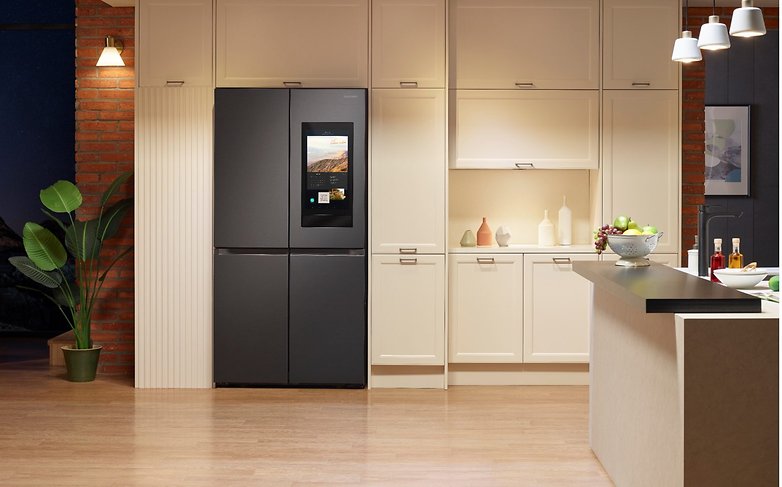
What do you think of Matter and Thread? Are you waiting for compatible products to reach the market, or are you already upgrading your home for the new standard?
Article updated on May 2024 with the new product categories supported by Matter 1.3.


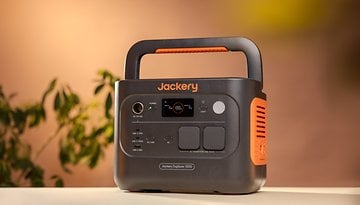

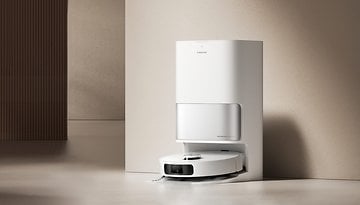








This is why iot things must be upgradeable. Considering the life of a light or power socket, it will probably be in place for decades. You can't maintain infinite backward compatibility because of the security holes. You also can't replace everything in your home every two or three upgrade cycles. They need modularity and flashability and LONGTERM support. Read the support guarantee of the device closely.